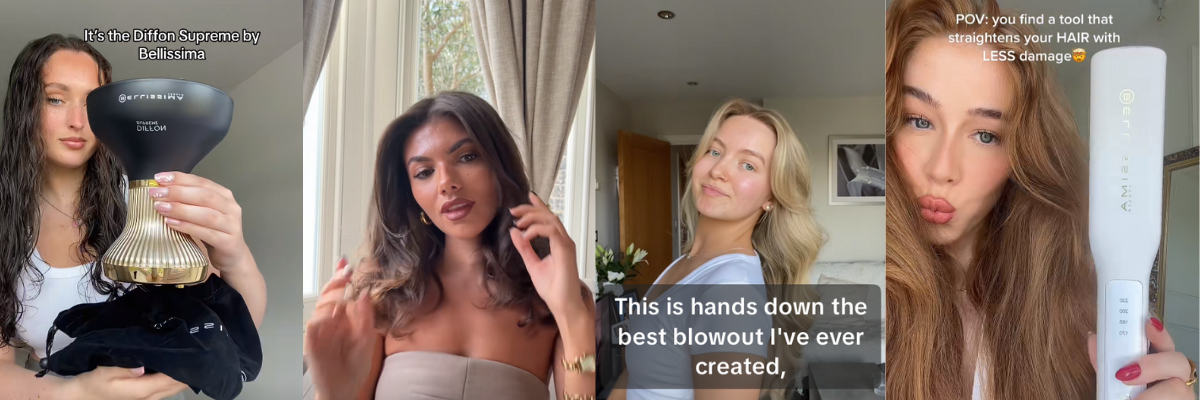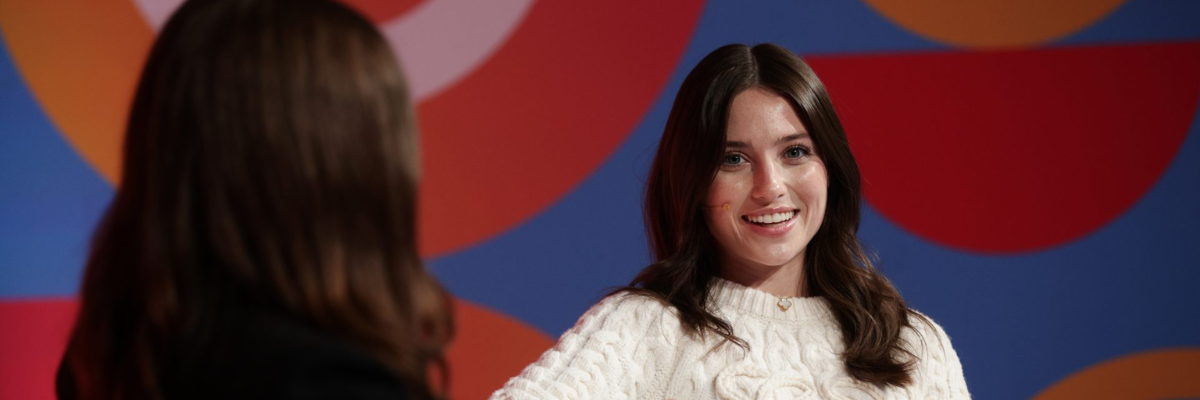For those who worked in the marketing industry in the early 2010s, they will remember when influencer marketing was the new, burgeoning, and trendy marketing strategy that was still in its infancy – back in its wild west days when it was largely unregulated and underused. As a brand, you could collaborate with an influencer with a sizable audience for a fraction of the price of a media partnership.
Since those early days, the industry has grown massively and even more so in the last 5 years. In fact, according to Statista, the Influencer Marketing Industry has tripled in value since 2019 and now stands at over $21bn dollars. Every brand worth their salt now has a presence on social media and has incorporated some form of social media advertising/marketing into their marketing plans.
What that means is that traditional Influencer marketing doesn’t have the same cut-through it used to, and there’s now a new challenge to face – how to stand out in a saturated space and connect with your consumers authentically? In this blog, I hope to answer that question.
Authenticity
Before we talk about alternative influencer marketing strategies, I think it’s vital to stress that any influencer marketing campaign should answer the question ‘are the influencers we’re going with the right fit?’
As alluded to above, influencer marketing has experienced massive growth in recent years however we are now starting to see a push back from consumers. One of the biggest trends we’ve seen emerge over the last few months is de-influencing. In short, the deinfluencing hashtag was sparked by social media users feeling frustrated with what they perceived as inauthentic and/or misleading influencer marketing advertisements. You can read our blog which goes into the trend in more depth here.
What the trend highlighted was that consumers are increasingly calling out brands and influencers if they feel they are not being intentional enough with their influencer partnerships and underscored the importance of choosing influencers that fit with your brand and are the target consumer for the product you’re trying to promote.
Utilising alternative media channels
Now onto the crux of the blog – choosing the right channels for your influencer marketing campaigns.
Historically, brands have used one in particular – Instagram. Why? Because it is one of the largest social media platforms at around 2 billion monthly active users and it is the most ready-made for advertising thanks to its emphasis on visual content. Effectively, brands realised that influencers with high follower counts could act like social media billboards and generate millions more impressions that a typical billboard could in the same amount of time.
Whilst there is still a space for this kind of influencer marketing, restricting your campaigns to just Instagram posts and stories means you may be missing out on a wealth of other content streams that can provide higher engagement and, importantly, market your brand/product more effectively.
YouTube
Whilst brands are now turning to YouTube more and more for their influencer marketing, it still remains largely under-utilised compared to the likes of Instagram and Facebook.
On paper, YouTube boasts very impressive reach – in fact, it is the second most popular website in the world (after Google), reaching over 2 billion users each year. A recent report by OFCOM also noted that YouTube is one of the largest social video platforms in the UK (only behind Facebook), reaching 92% of UK internet users aged 15+ in Q1 2022.
As well as its impressive reach, YouTube has several other benefits that mark it out from the likes of Instagram and Facebook. Firstly, it’s video content format allows for longer form videos that can go more in-depth than a typical Instagram post – allowing for more detailed product reviews and therefore greater insight (and retention) for the viewer.
In addition, since YouTube hasn’t been as over-saturated with influencer marketing content compared to the likes of Instagram, the budget required is often smaller with influencers demanding less and are generally more open to gifting in return for content.
Finally, video content has been gaining more and more traction in recent years with OFCOM reporting that 18 – 44 year olds watched an average of 4 hours and 41 minutes of TV and/or Video content per day in 2021. We’re seeing that video content is King when it comes to social media at the moment and YouTube is best placed to service this need. Users are also increasingly looking to YouTube as a search engine, often looking up product reviews to help guide their purchasing habits (historically, this has very much been the case for Tech products but we’re seeing the list now expand to apparel and beauty products too).
TikTok
Of course, we can’t talk about the King of Video Content without talking about its Queen – TikTok. Whilst YouTube has been steadily growing its audience since 2008, TikTok is much younger yet has grown massively. Tiktok downloads skyrocked during lockdown and reached over 1 billion downloads on Google Play alone in just under 5 years. For context, it took Snapchat 7 years to achieve this feat [Source].
Tiktok generally sees much shorter form video content compared to YouTube, data has shown that, performance wise, an optimal length for a TikTok video is 11 – 17 seconds long. Tik Tok also has a strong livestreaming element to it which is increasingly seeing creators hosting ‘QVC style’ shopping segments.
This short style of content, coupled with the longer form livestreaming element, make TikTok a fertile ground for content creation and engaging consumers with your brand. Like with YouTube, TikTok allows you to tell a deeper, more engaging, brand story than a typical advert or media article. In previous years, we’ve seen TikTok struggle to demonstrate how views and likes can be converted into sales, however, the emerging trend of telemarketing on the platform suggests that parting with their cash is something TikTok users are more and more willing to do.
Hopefully this blog has given you some food for thought as to how looking at alternative influencer marketing streams could help boost your marketing output and ultimately connect with wider audiences. As always, the challenge is to keep up to date with the latest social media marketing trends and YouTube is certainly one of the hottest channels currently. In the context of a diminishing media landscape perhaps YouTube offers an olive branch for reaching audiences that simply aren’t being catered for by traditional media.





